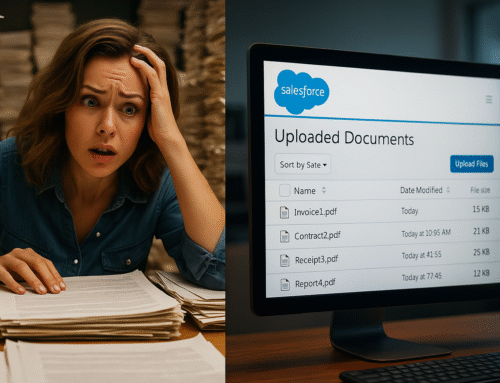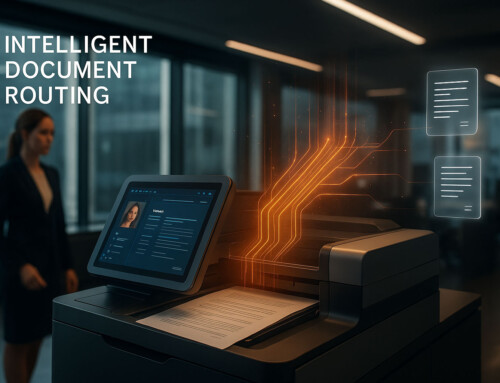 While the volume of data is proliferating in every industry, such as finance and real estate, law firms and lawyers have to handle an enormous amount of information, like court case documents. Is your law firm constantly trying to keep track of an increasing number of files, records, and electronic documents, all packed with personal and sensitive information?
While the volume of data is proliferating in every industry, such as finance and real estate, law firms and lawyers have to handle an enormous amount of information, like court case documents. Is your law firm constantly trying to keep track of an increasing number of files, records, and electronic documents, all packed with personal and sensitive information?
Where’s that crucial document? How long do you keep it? When can you shred or legally destroy it? If you are a lawyer, we know that file retention can be quite confusing and overwhelming! And that is not all; if you keep or retain information for a more extended period than necessary, it may actually increase your business liability by exposing the information to various privacy breach risks.
Also, it is worth noting that much of that sensitive information is in paper form. You may know that sifting through the sheer amount of information is not a viable option anymore.
Importance of Digitization of Legal Documents
As a lawyer, you know that the digital landscape has managed to open a lot of doors for companies and businesses to improve and streamline the way they operate and become more efficient. And digitization, for one, is now an increasingly crucial aspect of operating a business organization in this age.
Your law firm probably has a record retention policy in place. A survey of senior information technology executives at 500 enterprises stressed the need to have an effective and formal retention plan. However, according to the survey, most organizations, including law firms, struggle with the implementation of a record retention policy.
Given the existence of information siloes and paper records, how confident and sure are you that you have implemented and are following an effective record retention policy at your legal firm?
Note that digitization encompasses various processes where your information is conveniently converted into a secure and computer-readable format. One of the best ways to do this is document scanning for law firms. Basically, document scanning is about digitizing paper documents.
Document scanning for attorneys and law firms is the best solution to help you manage huge amounts of information that require both confidentiality and utmost security. We know that working for a law department or law firm comes with the typical high stacks of papers. However, rather than sifting through all this information by hand, you can trust a scanning service to help your operation become more productive.
You should know that one of the most important advantages of using digital documents and forms is that it allows you to streamline and automate most aspects of a complicated workflow. For example, when you need your clients to sign contracts or waivers, it is considerably easier and quicker to present them with digital forms instead of asking them to print out documents and then deliver them physically.
Guidelines for Legal Records Retention
Note that proliferating data and new legislation amplify the significance of a well-defined document retention policy (DRP) for your law firm. A comprehensive DRP is essential for your law firm as it equips your law practice with procedures and processes on a standard way to effectively review, retain, and shred or destroy documents that you possess or create in the normal course of business.
Did you know that changes and amendments made to the Federal Rules of Civil Procedure now permit electronically stored data and information to be discovered during litigation? And this is where an excellent document retention strategy can help.
It is no secret that record retention and process automation are of great significance in the legal community, whether it is for internal operations or as part of the general counsel you provide to your clients.
You can convert a vast majority of your records, such as legal notices, into electronic form using computer networks, practice and document management software, and email. Document scanning automation features can make it easy and quick to make your entire department paperless fast!
Use these six record retention guidelines to improve the efficiency of your firm.
1. Understand What Documents You Have
It is crucial to take stock of the various kinds of records your firm has and where you store them. Note that a well-drafted retention policy identifies documents that you have to preserve and maintain and also provides direction on how long you can retain certain documents. For example, your HR manager may store personnel records in paper form in his or her file cabinet.
On the other hand, your firm may store client and financial data in electronic format. Keep in mind that each type of record and how your firm stores it will have ramifications for how you manage the record life cycle.
2. Classify Records
You have to manage records according to your retention schedule, and this is where classification is important. Note that different records, such as contracts or employee files, in various forms may have different retention periods.
You can maintain documents in two forms electronic and physical. One simple thing you can do to simplify classification is to create a spreadsheet to help track what type of records you have.
3. Define and Implement Retention Rules
It is essential to know and understand the regulations and laws that govern certain types of records. For each record category, you should capture information, such as where the record is found and the retention period.
After that, create rules that help move records and documents from online (production) to nearline (quickly and easily recoverable) and finally offline (archived and offsite).
4. Consultation
When developing a retention policy or schedule, you should involve as many users of the records as possible. You can do this by inviting them to comment and share their thoughts on the work in progress.
5. Deploy the Policy
You should deploy systems that help you automate and streamline as much as possible. Also, train and educate your employees. An employee training program on the DRP shouldn’t be an afterthought. And training and education efforts should lead the way in implementing the DRP.
You can use document management systems, like Worldox, as they offer excellent features that help automate record retention
6. Audit and Review
You should revisit the retention policy annually or quarterly, as appropriate, in order to determine if any changes are necessary. Make sure that your employees know and understand the policy by discussing it with them.
ccScan helps law firms, lawyers, and legal departments throughout the country with legal document scanning and litigation document management. The company can help you manage all your information so that you spend more time doing what you are best at – practicing law.
Final Thoughts
Digital transformation has great promise and potential for law firms and lawyers, and these six best-practice tips and guidelines will help establish a solid foundation for your organization.
hem.






